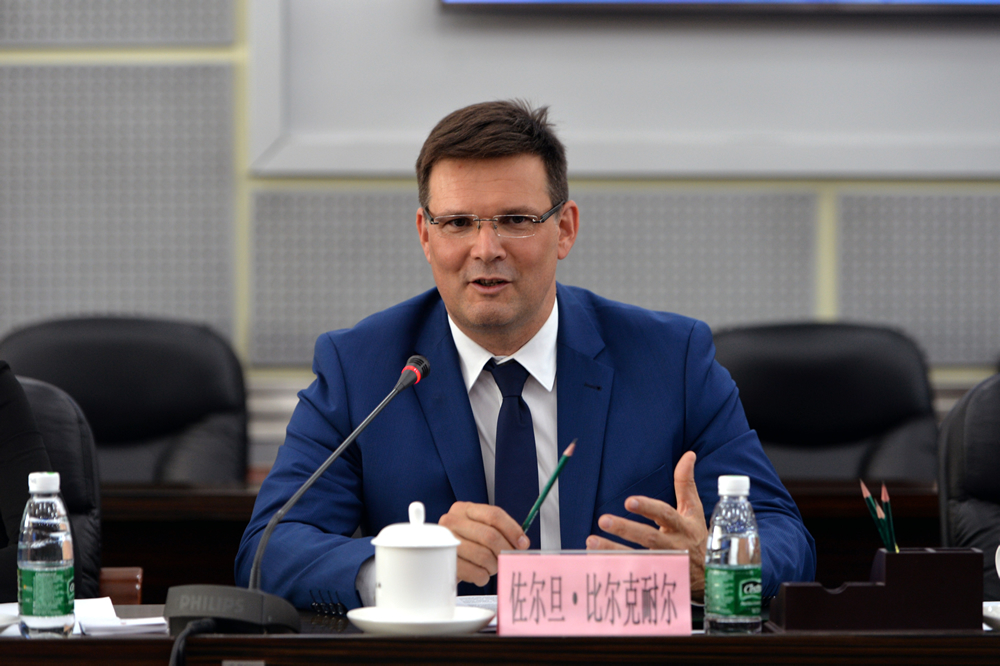Addressing the innovation subforum of the event, he said: around 100 applications have been selected for funding so far at the joint S&T calls for the promotion of the exchange of research experience, and 10 large-scale joint industrial research and development projects have been launched in key research areas such as antibiotics, Alzheimer’s disease, graphene or food safety. He highlighted the achievements of the Chinese–Hungarian technology transfer centre in Chongqing in the fields of renewable energy, smart cities and wastewater management.
At the Silk Road for Innovation programme, 450 participants from 18 countries could learn about the success stories of professional exchange programmes, joint projects and labs, science parks and technology transfer collaborations performed with the involvement of China. In China’s views, this initiative contributes to the practical implementation of open innovation and potentially creates an international cooperation platform in the long run that will give new momentum to economic growth and the joint addressing of global societal challenges.
The high-profile Chinese–Hungarian professional talks continued in the framework of the Joint Science and Technology Committee meeting the next day. The President of the NRDI Office as the head of the Hungarian delegation and Zhang Jianguo, the Deputy Minister for Science and Technology of China agreed that innovation is one of the most promising areas of the “Belt and Road Forum for International Cooperation” initiative of the Chinese government. During the talks they praised the results of the joint research projects and mentioned as success stories the collaboration between the ELI laser centre in Szeged and the Shanghai Institute of Optics of the Chinese Academy of Sciences and between the HAS Wigner Research Centre for Physics and the Institute of Modern Physics of the Chinese Academy of Sciences. The parties agreed that both the Hungarian–Chinese S&T call promoting researcher mobility and the call supporting project-based industry research and development collaborations will be announced again in 2020. The partners will also consider the possibility to raise cooperation in connection with the ELI laser centre to a new strategic level in the framework of the Belt and Road Forum for International Cooperation initiative.





















